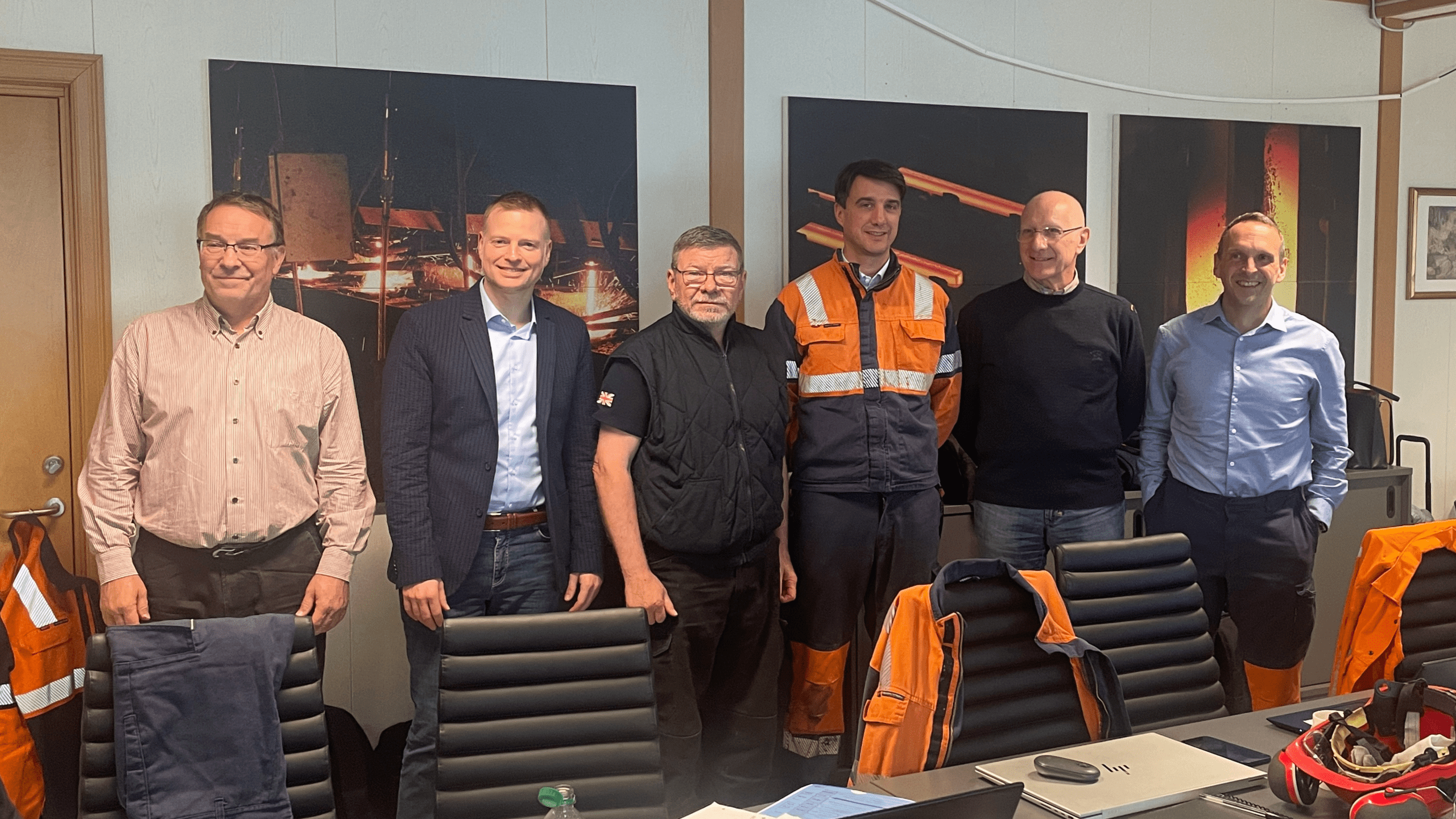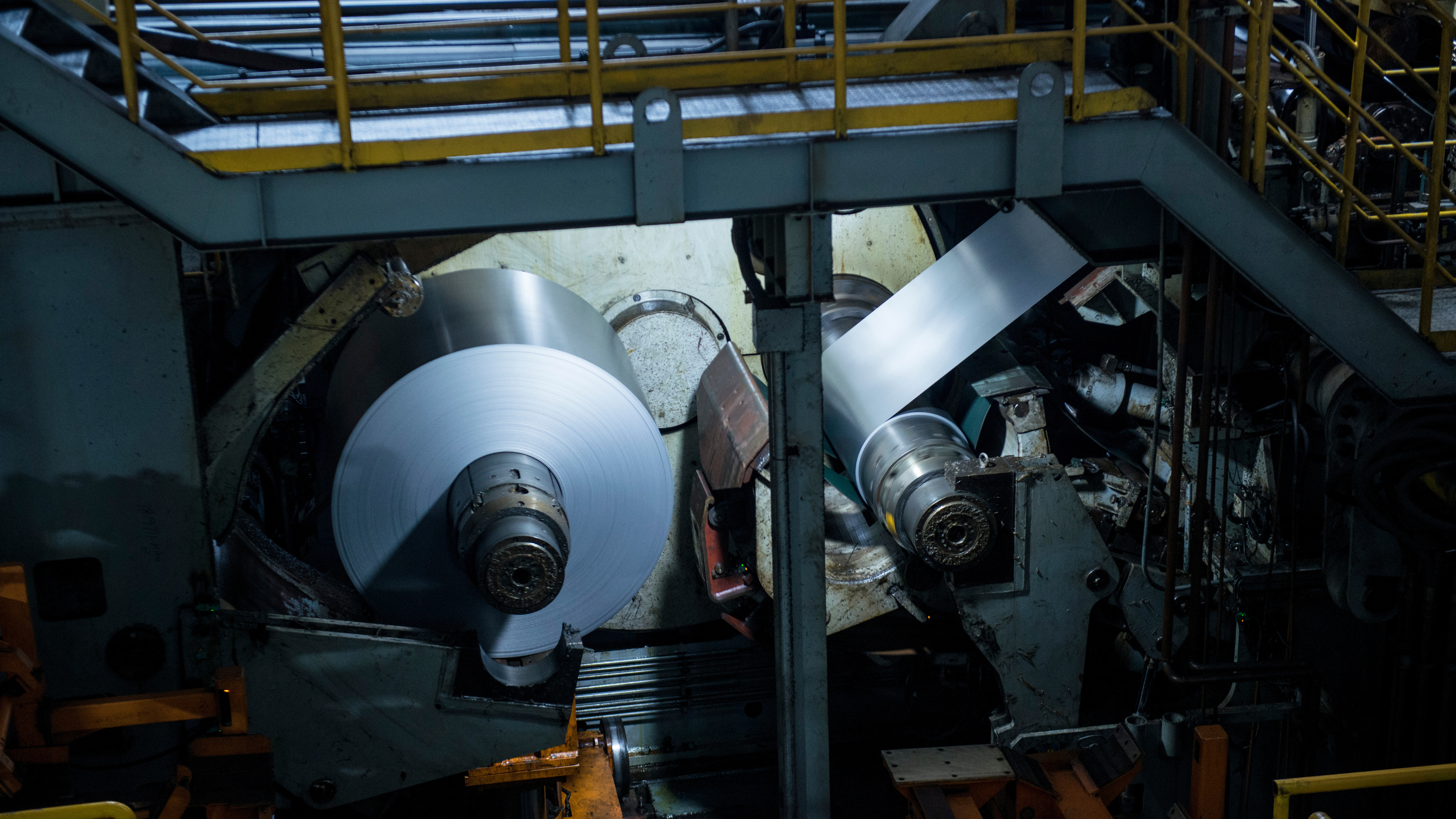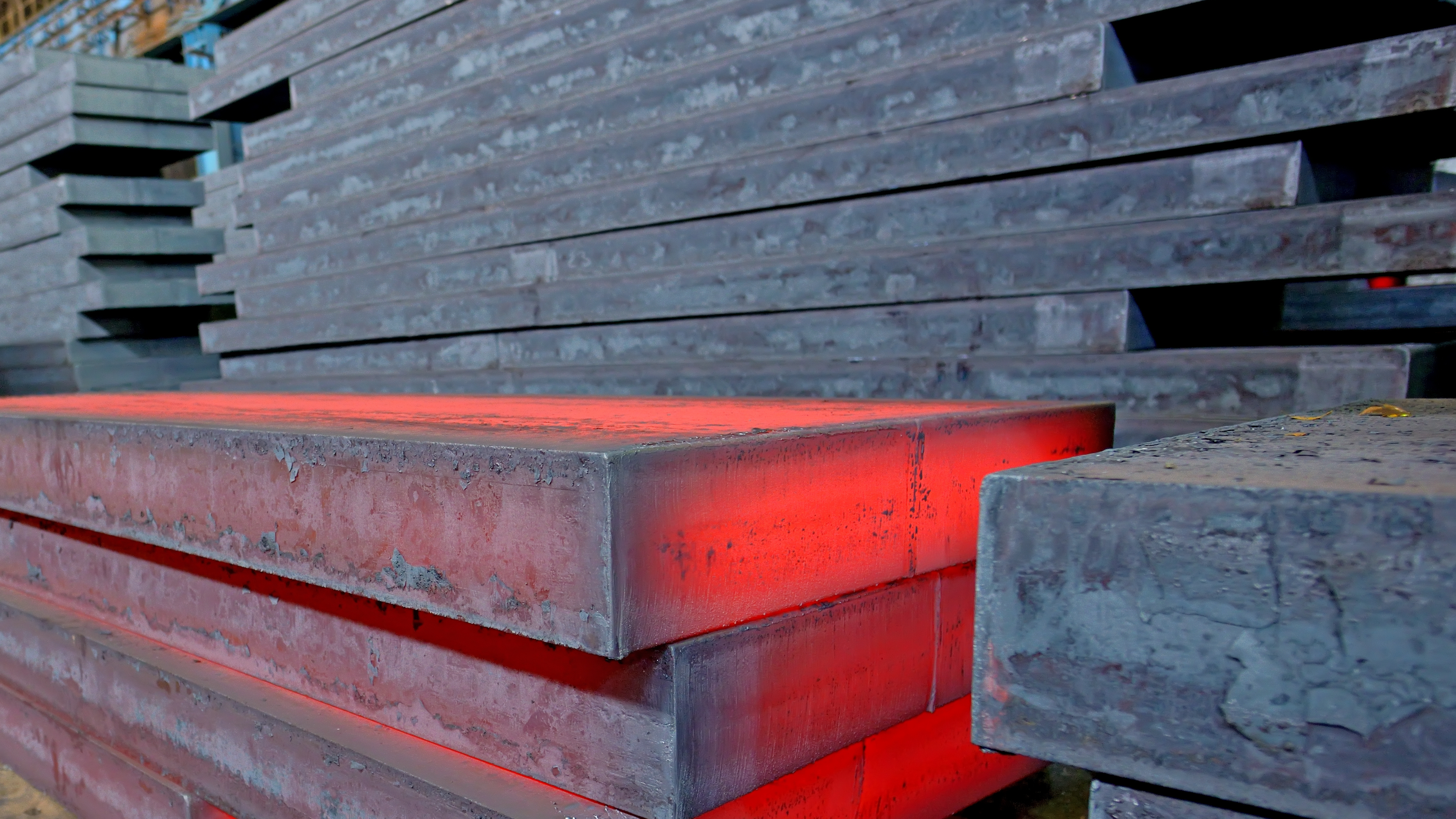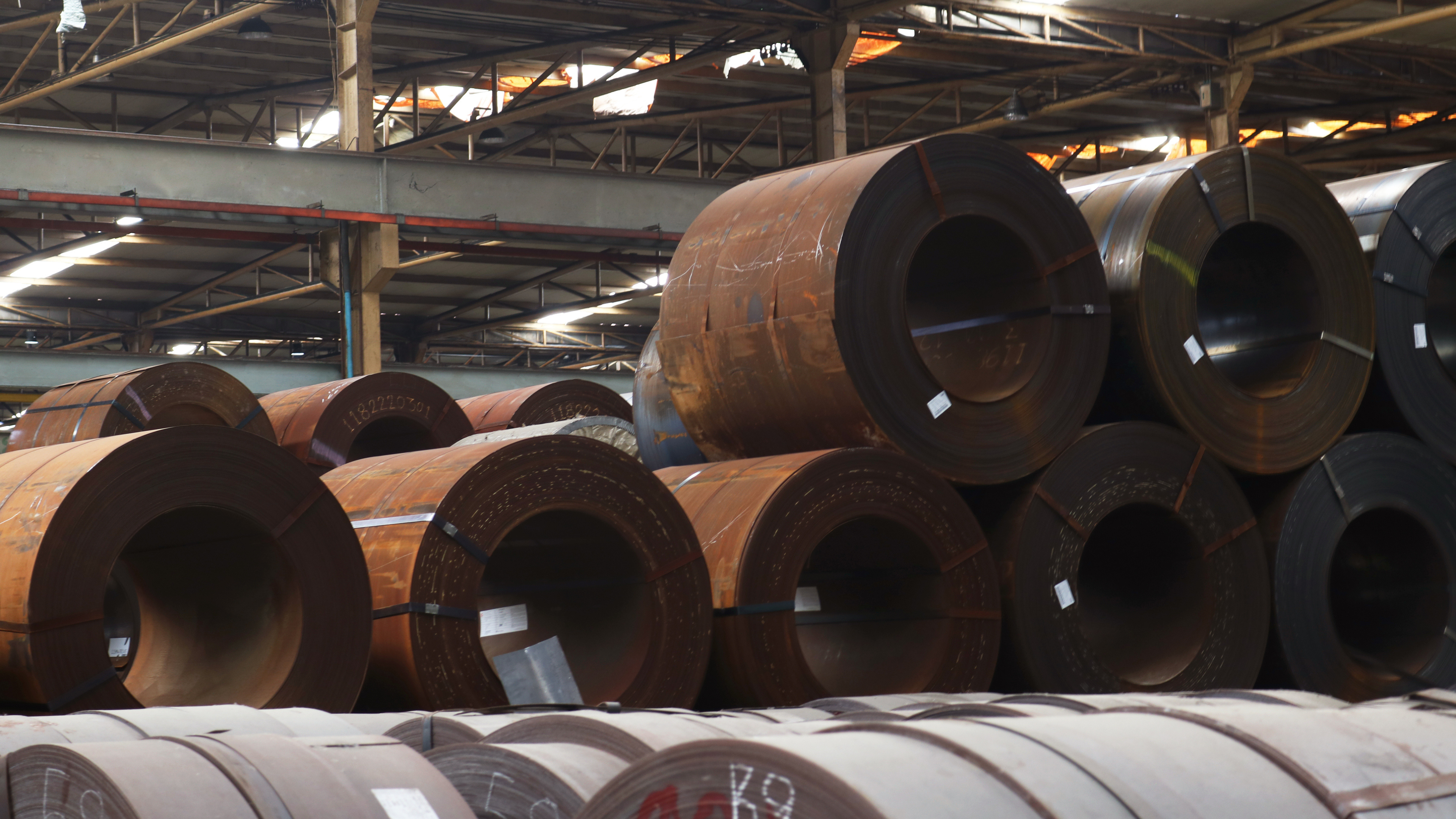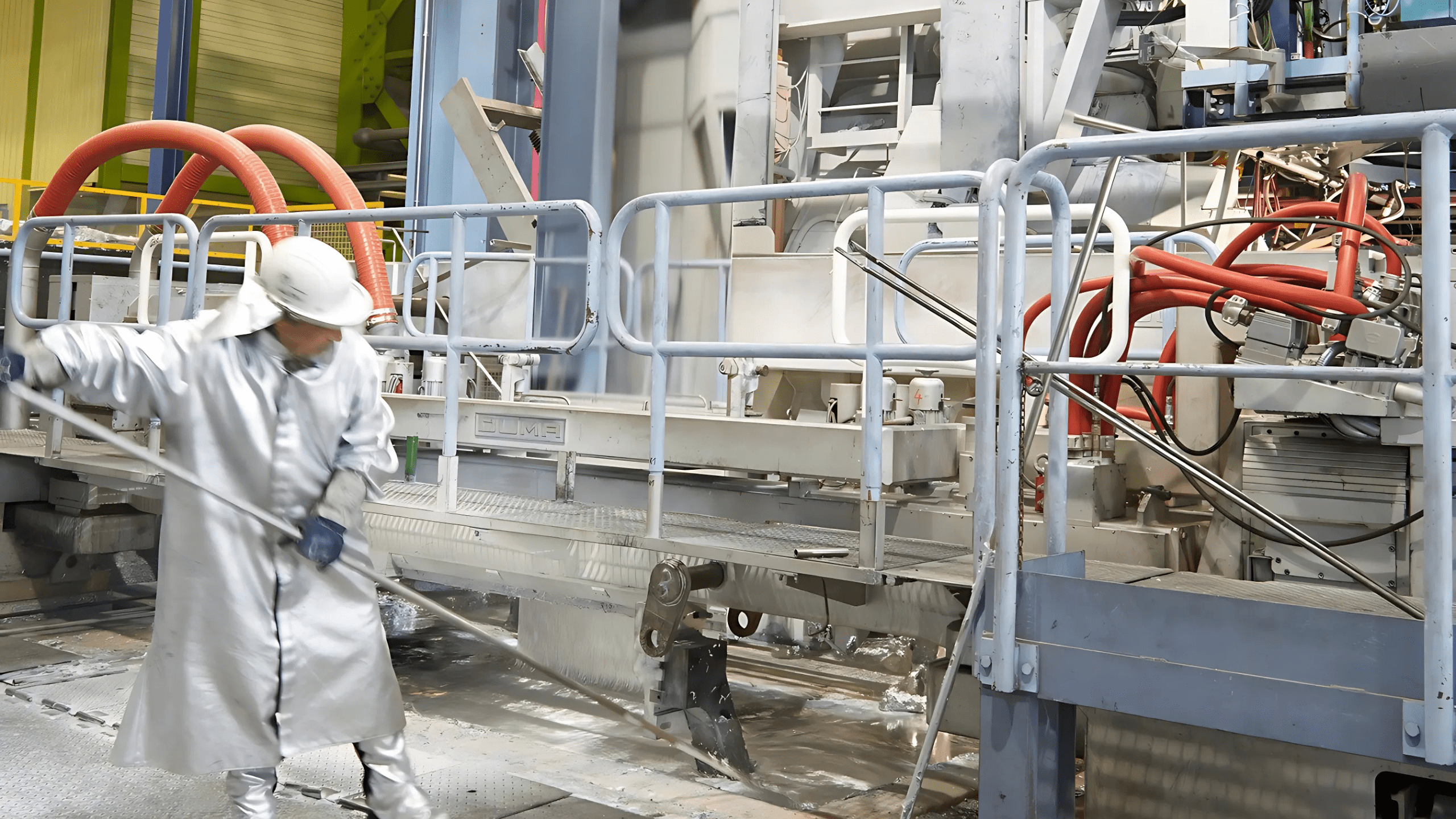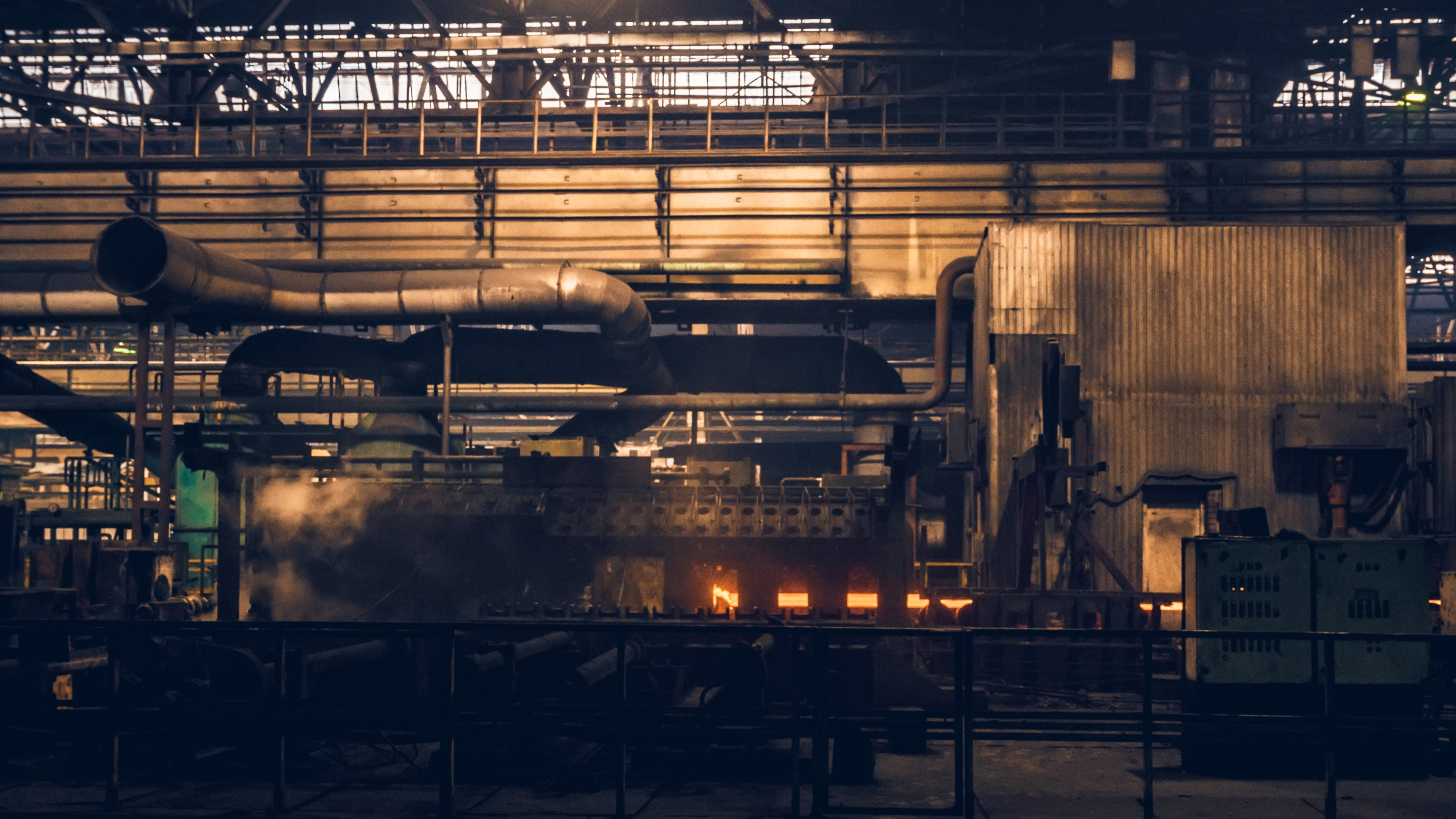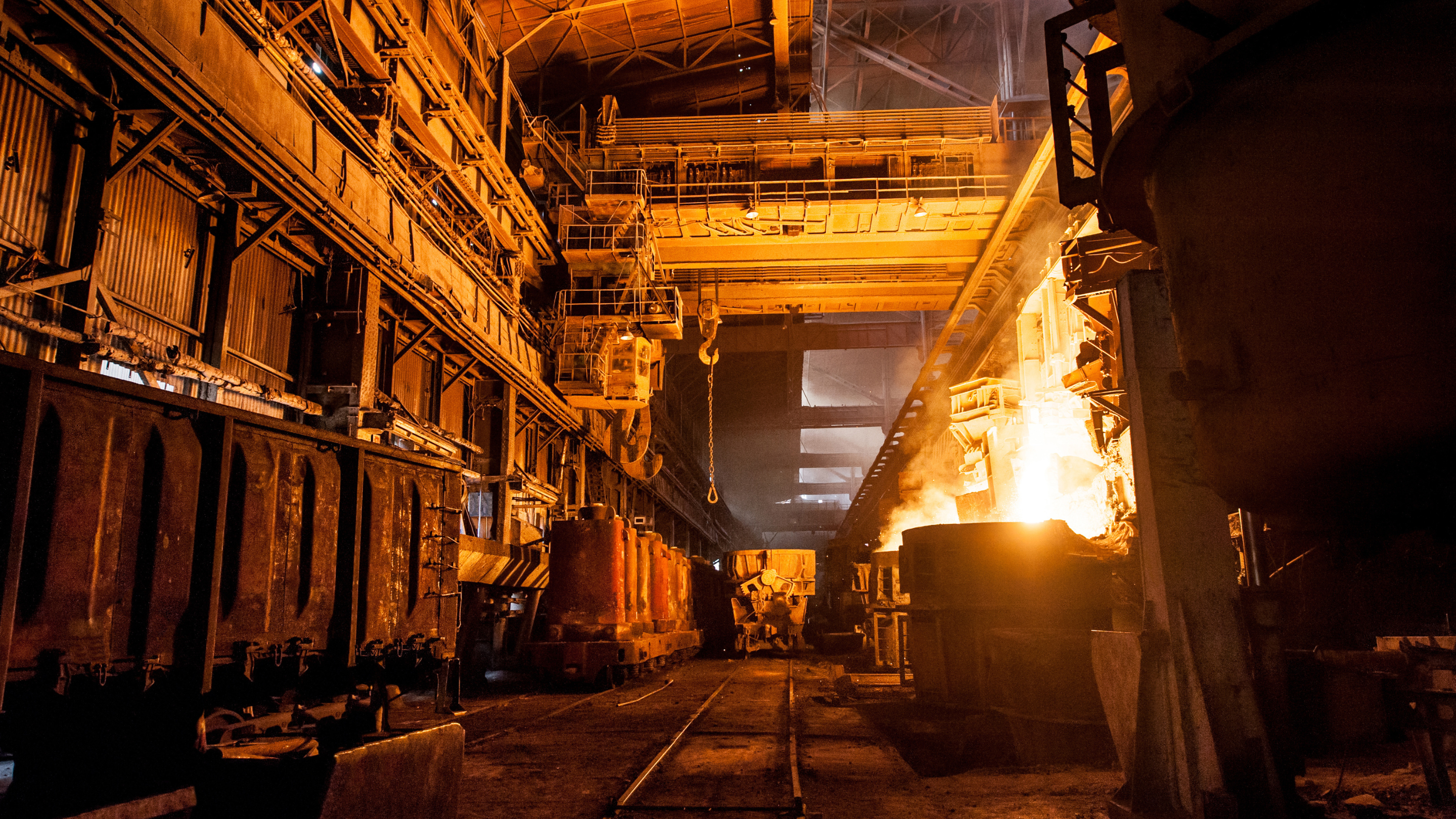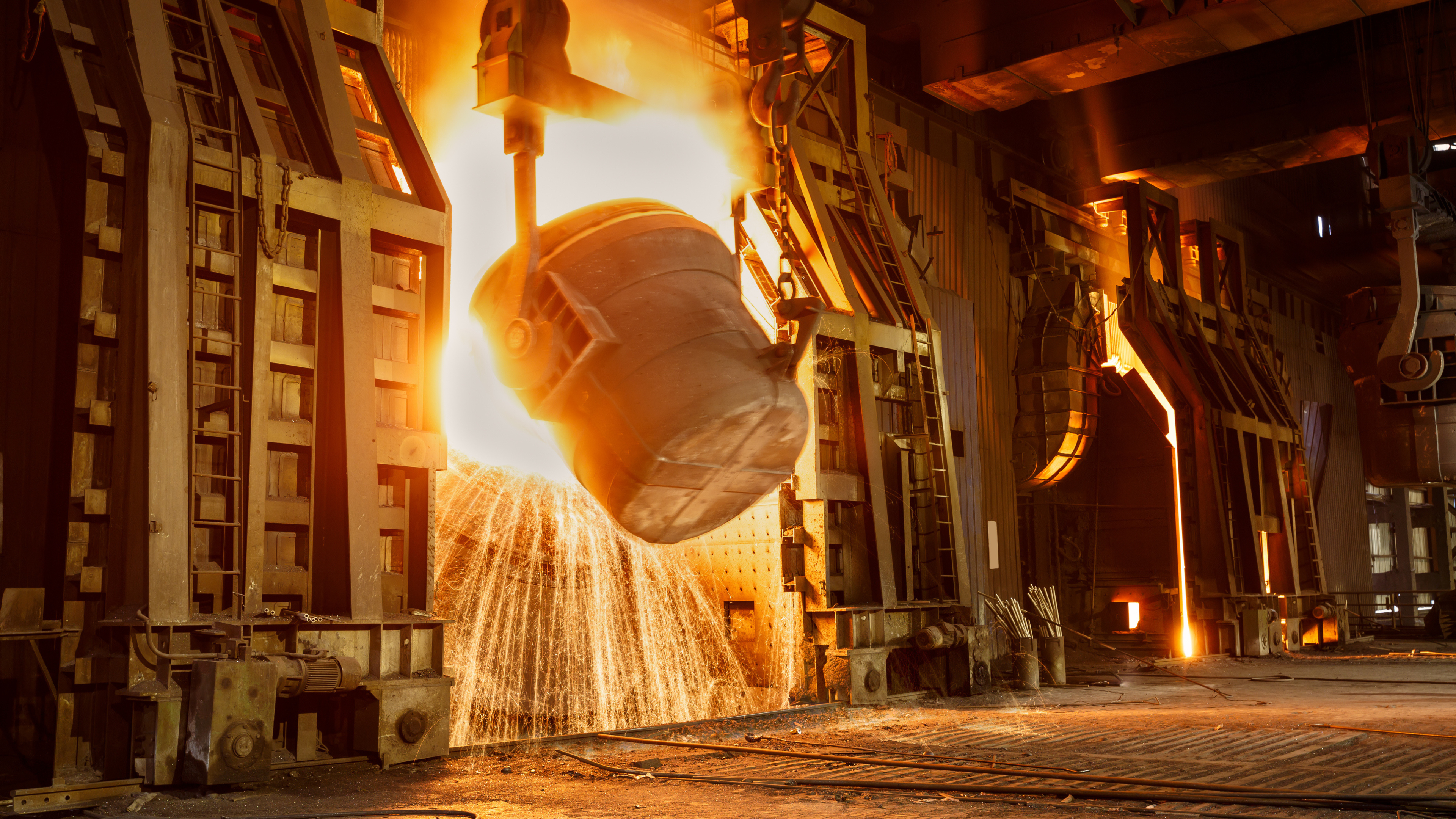Main Takeaways
- The steel industry is shifting from traditional blast furnace (BF) methods to electric arc furnace (EAF) production to reduce carbon emissions and meet increasing demand, with EAF’s share of global steel production expected to rise from 28% to 41% by 2030. This transition is particularly notable in North America and Europe.
- EAFs require significant electricity, making energy prices a critical factor for profitability. Additionally, the transition to EAF is challenging in regions lacking sufficient high-quality scrap, which is essential for consistently efficient steel production and production of high-grade steel production. These factors underscore the importance of stable energy costs and adequate scrap supply for the successful of EAF technology.
- The shift to EAF requires specialised technical expertise, which may be lacking in the current workforce having pre-existing BF-BOF expertise, further complicating the transition.
Blast Furnace to EAF Transition: Navigating Challenges and Market Gaps
The steel industry in the western hemisphere is witnessing a pivotal shift from blast furnace (BF) steelmaking to electric arc furnace (EAF) production methods. This transition aims to reduce carbon emissions while meeting the increasing demand for steel products projected for 2024 and 2025. (Figure 1) 1. This shift is critical as the steel sector contributes approximately 7% of global CO2 emissions 2.
Figure 1 Year on Year growing trend for steel demand in Europe, North America and rest of the world. Note: Hover over data points to display demand in Metric tonnes for each region (html file). Data Source: Worldsteel.org. Data on 2024 and 2025 forecast(f) was sourced from IEA.org 3
Rising Demand for EAF Production
As of 2023, EAFs account for about 28% of global steel production, totalling around 550 million tonnes. The International Energy Agency (IEA) projects this figure to rise to 787 million tonnes by 2030, representing 41% of global production, growing at an annual growth rate (AGR) of 2%3,4. The upward trend in transitioning from BF-BOF to EAF routes has been notable in Europe and even more pronounced in North America since 2016, with an annual growth rate consistently being between 1-2%, as shown in Figure 2. This steady, albeit gradual, growth rate in the transition from BF-BOF was forecasted between for 2010 in a report by the International Iron and Steel Institute’s technology committee, titled ‘EAF Technology: State of the Art and its Future Evolution,’ issued in year 2000. This further underscores the persistent growth trajectory of EAF-based production 5.
This steady growth highlights the importance of EAF technology in the sustainable future of steel manufacturing. In 2020, 68% of crude steel in the U.S. was produced via EAFs, compared to the global average of 26%. Europe is also embracing this transition, with 45% of its steel production in 2020 coming from EAF routes6.
This trend is expected to continue as major steel-producing nations like Scandinavian countries, Japan, and South Korea aim to increase their use of scrap steel and EAF technology to meet the global demands for carbon reduction and steel decarbonisation.
Despite these advances, global figures have only recently started to catch up post-COVID-19, stabilising around 28% EAF production. However, the future looks promising as major steel-producing nations are aiming to increase their use of scrap steel and EAF technology to achieve carbon reduction and steel decarbonisation goals4.
Benefits of Moving to EAF from BF
- Lower Carbon Emissions
As of 2022, the direct and in-direct CO2 emissions per tonne of crude steel produced via the BF-BOF route are at least 5 times higher than the weighted average[1] of both scrap and Direct Reduced Iron (DRI) EAF process routes. Specifically, the BF-BOF process emits approximately 2.2 tonnes of CO2 per tonne of steel, compared to just 0.50 tonnes for the EAF process 6. Scrap based EAF steelmaking offers the most significant reduction of carbon emissions compared to BF-BOF processes, with direct CO2 emissions being at least 30 lower than BF-BOF at around 0.3 CO2(t)/tsteel compared to 1.4 CO2(t)/tsteel6, respectively. Hypothetically, if a scrap-based EAF process is powered entirely by green renewable energy, it can reduce direct and indirect carbon emissions to nearly zero.
- Lower Capital Expenditure
The EAF route is cost-competitive with BF-BOF processes due to its lower initial capital expenditure (CAPEX). EAFs does not require the construction of extensive ironmaking facilities like coke ovens, sinter plants and blast furnaces. Additionally, the declining cost of renewable energy enhances the cost-effectiveness of the scrap-EAF process. EAF facilities also offer operational flexibility, as an EAF plant can be idled at a lower cost than a blast furnace facility during market downturns.
- Resource Efficiency and Recycling
Steel is the most recycled material globally, thanks to its highest trading volume among all metals. The EAF process allows for efficient recycling of scrap steel, reducing the need for raw materials like iron ore and coking coal. This not only conserves natural resources but also reduces the environmental impact associated with mining and raw material transportation.
The success of transitioning to EAFs hinges on the availability of scrap steel. Globally, the recycling rate of steel is high, with approximately 400 million tonnes of end-of-life steel scrap available in 2019. This is expected to grow, with end-of-life scrap availability projected to reach about 600 million tonnes by 2030 and 900 million tonnes by 20507.
In the U.S., where scrap steel is abundant, 71% of total crude steel production in 2020 was via EAFs. In contrast, China, the world’s largest steel producer, has a much lower rate of scrap-based steel production. In 2020, only 9% of China’s crude steel was produced via EAFs, highlighting a significant opportunity for increased scrap use as the Chinese economy matures8.
[1] Weighted average takes into account the relative percentages (DRI and scrap) of global steel production by EAF.
Main Challenges of the Blast Furnace to EAF Transition
Despite the clear benefits, the transition from BF to EAF faces several significant challenges.
- Electricity consumption
Setting up EAF facilities requires substantial infrastructure for energy supply networks and for scrap collection, sorting, and processing, which can be costly. Operational costs, particularly for electricity, can be high, and the volatility of energy prices adds further uncertainty. EAFs typically consume around 410 kWh of electricity per tonne of steel produced. For example, in 2021, the electricity price per MWh was $71.3 in Germany and $46.2 in the U.S 6. This translates to an electricity cost of approximately $29.23 to $18.94 per tonne of steel produced by scrap-EAF, depending on location and price volatility. These costs can significantly impact the profitability of steel plants and pose a substantial operational risk to steel producers affected by energy prices.
- Availability and Quality of Scrap Steel
While the scrap-EAF process is highly efficient, its effectiveness depends on a steady supply of high-quality scrap. In many developing economies, the supply of scrap is limited due to their recent industrialisation and lower rates of steel consumption in previous decades. This makes it difficult to rely solely on scrap-EAF for all steel production needs in these countries. DRI can be used to a limited extent to reduce the need for high-quality scrap, but requires the allocation of secure natural gas supply.
- Technical Challenges in Steel Quality
Producing certain high-grade steels, essential for applications in the automotive and aerospace industries and large-diameter sour-gas pipes, is more challenging using the scrap-EAF process due to impurities like copper and tin in the scrap. This necessitates advanced refining processes and a minimum reduction level during the continuous casting process, which can increase production costs and complicate the transition. For instance, Nucor Corporation, a leading U.S. steelmaker, is developing high-quality steel products from recycled scrap, such as 3rd Generation Advanced High-Strength Steel (AHSS) for the automotive sector.
- Technical expertise and know-how
A challenge often overlooked is the limited supply of technical personnel with the expertise and background needed to operate newly installed EAFs. The shift from BF to EAF requires specialised knowledge in handling electric furnaces and managing the nuances of scrap-based steel production. Training and developing a workforce with previous BF-BOF experience to equip them with these EAF production skills is critical but can be time-consuming and resource-intensive.
- Policy and Regulatory Support
For the transition to be economically viable, governments need to provide incentives and support for adopting EAF technology, often at significant taxpayer costs. A recent example is the UK government approving a substantial state subsidy of £500 million to support the BF to EAF transition9. This includes subsidies for renewable energy, support for research and development in steel recycling technologies, and policies favouring the use of green steel in public projects. Without such support, the financial risks associated with the transition may deter investment and slow progress toward decarbonisation goals.
Conclusion
The shift from blast furnace to electric arc furnace steelmaking represents a significant evolution in the steel industry. The European Commission is leading efforts to harness the environmental and economic benefits of EAF-based production. The speed of this transition will be determined as well by the impact of carbon prices. However, in real terms the effect and implication of this major shift in the industry is still unknown. In continental Europe there is a real threat of a major increase of scrap price. In addition, other regions of the globe with high steel production volumes, BF-BOF based plants are still under construction, a factor that might create unpredictable market distortions.
At Steel Hub, we collaborate with leading steel producers globally, delivering proven solutions that enhance steelmaking operations and meet the highest customer quality standards. With deep expertise in both primary and secondary metallurgy, particularly in electric arc furnace (EAF) processes, Steel Hub aim to help their clients achieve a successful transition. Contact us today to discover how our technical support can assist in transitioning your steel plant to EAF-based operations efficiently and effectively.
References:
- Worldsteel Association. Worldsteel Short Range Outlook 2024 Summary Table. (2024).
- International Energy Agency. Iron and Steel Technology Roadmap: Towards More Sustainable Steelmaking. www.iea.org/t&c/ (2020).
- Production of crude steel by route in the Net Zero Scenario, 2018-2030 – Charts – Data & Statistics – IEA. https://www.iea.org/data-and-statistics/charts/production-of-crude-steel-by-route-in-the-net-zero-scenario-2018-2030.
- Worldsteel Association. 2024 World Steel in Figures. (2023).
- International Iron and Steel Institute. EAF Technology: State of the Art and Its Future Evolution. http://www.worldsteel.org (2000).
- Simon Nicholas & Soroush Basirat. New From Old: The Global Potential for More Scrap Steel Recycling. (2021).
- World steel Association. Scrap Use in the Steel Industry Fact Sheet. https://www.euric-aisbl.eu/facts-figures/standards-specifications (2021).
- Worldsteel Association. Steel Statistical Yearbook 2023 A Cross-Section of Steel Industry Statistics 2013-2022.
- Great Britain allocates a support package of 500 million pounds to Tata Steel. https://gmk.center/en/news/uk-allocates-a-support-package-of-500-million-to-tata-steel/.
_______________________________________________________________________________________________________________________
Authors:
Dr. Yasser Aboura Senior Project Manager/ Metallurgist
Emilio Riva Managing Director Steel Hub Group
Steel Hub, founded in 2016, is a technical consultancy specialising in offering customised solutions for the steel industry. We work together with our clients to deliver practical solutions to their company achieving optimised plant performance and long-term value, we proceed by engaging our diverse team of technical consultants, who are equipped to address every need.

